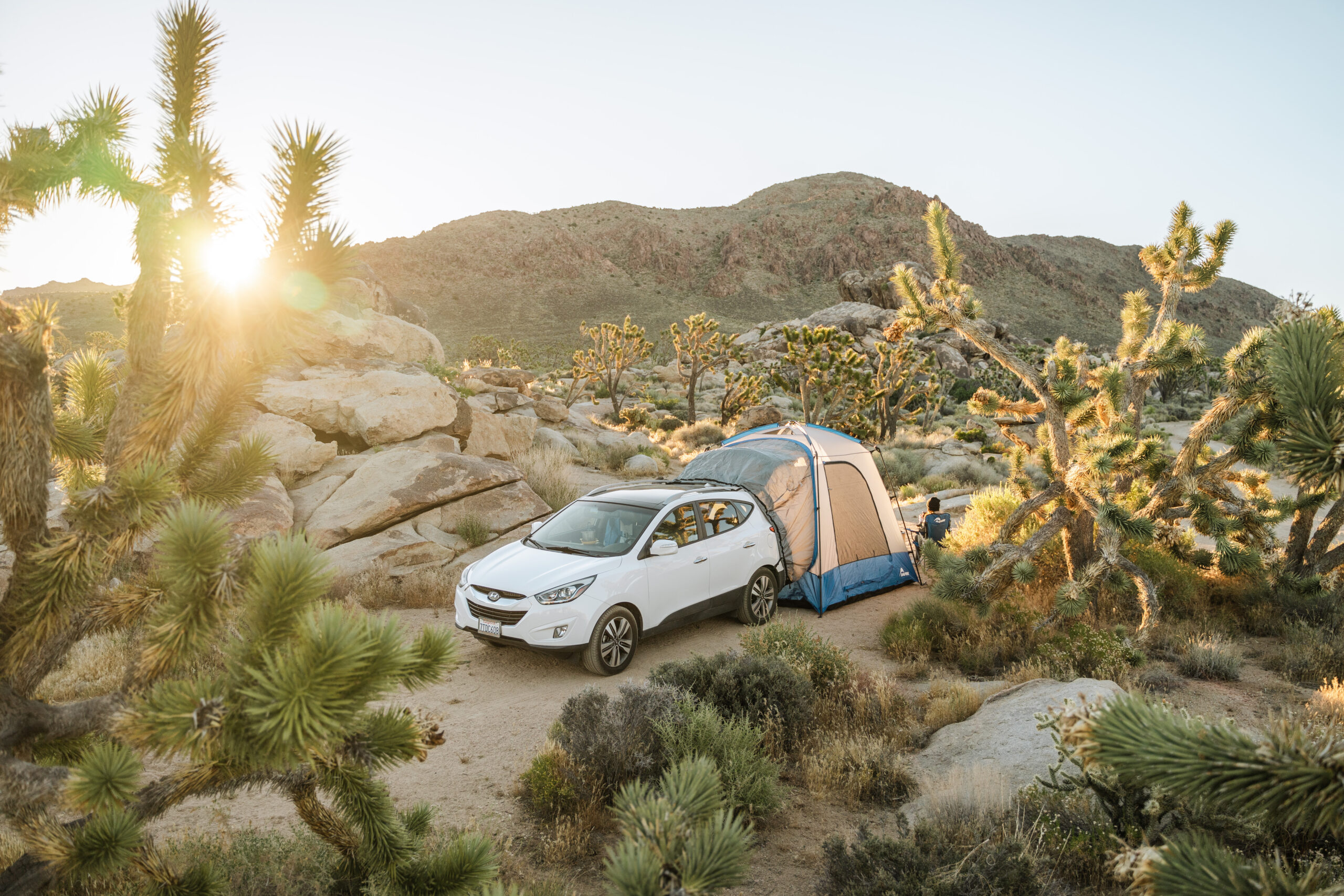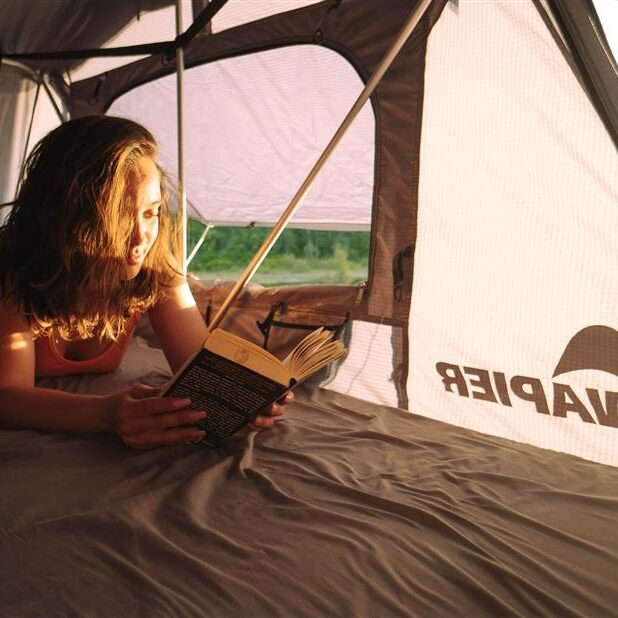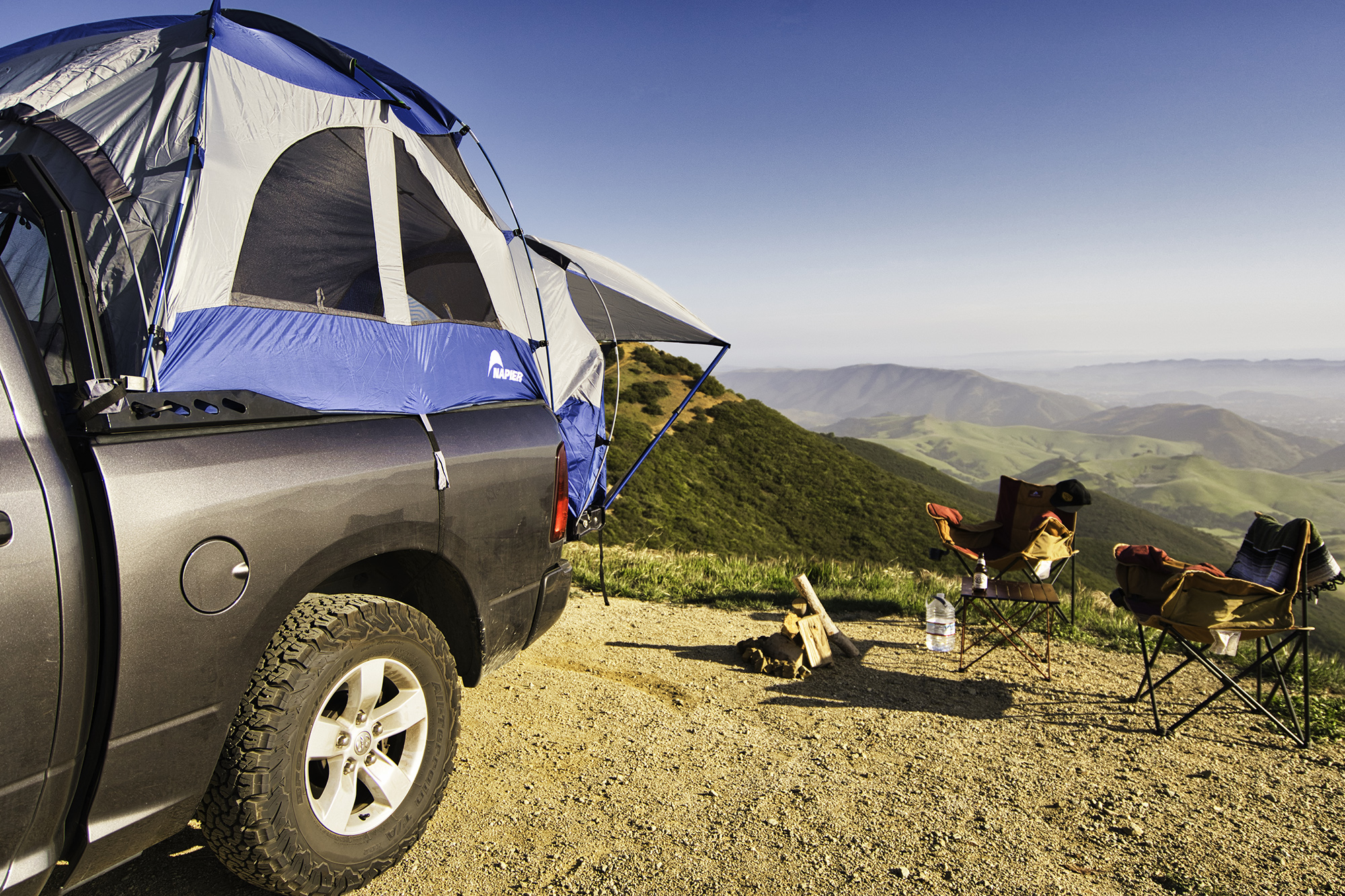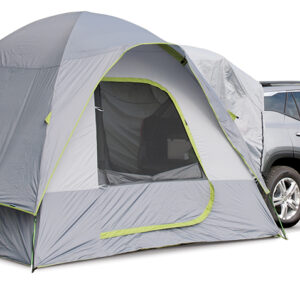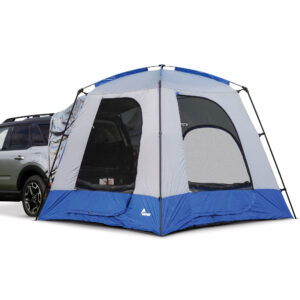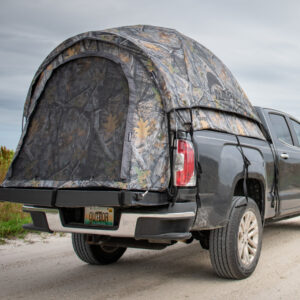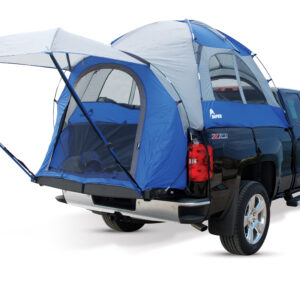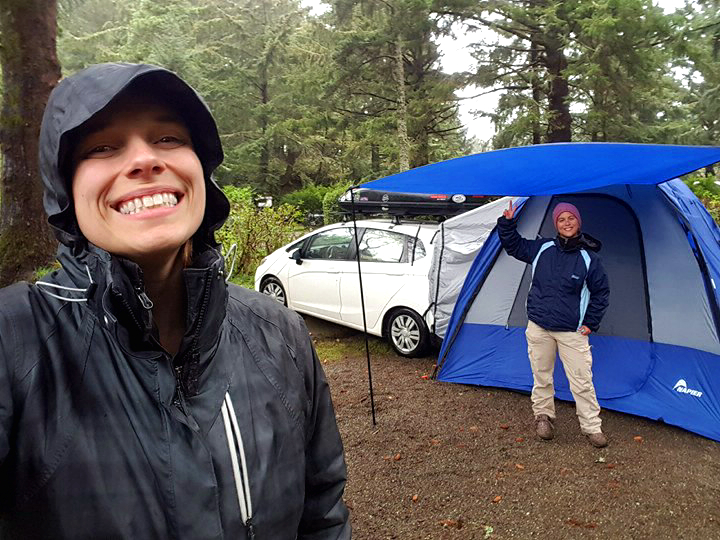When you step outside and dive into the great outdoors, get ready for a whole range of amazing benefits! It’s not just about the breathtaking views and thrilling adventures—it’s a chance to recharge your mind and body, discover hidden gems, and connect with the natural world. Exploring the outdoors is like hitting the reset button, boosting your mood, reducing stress, and creating memories that will last a lifetime.
As we embark on these incredible outdoor adventures, it’s essential to recognize the responsibility we carry to protect the environment around us. Discover how small actions can make a big difference in preserving the beauty of our outdoor playgrounds, as we uncover the secrets to minimizing our impact with the 7 principles of Leave No Trace.
Principle 1: Plan Ahead and Prepare
Planning ahead and being prepared is not just a good idea—it’s the foundation of responsible outdoor exploration. Whether you’re embarking on a day hike or a week-long camping trip, taking the time to plan ahead ensures a safer and more enjoyable experience for everyone involved.
-
Research the Area
Look for information about the terrain, weather conditions, and any specific regulations or permits required. Familiarize yourself with the trail maps and gather insights from experienced hikers or online forums.
-
Check the Weather
Weather conditions can make or break your outdoor adventure. Stay updated on the forecast for the duration of your trip and be prepared for changing conditions.
-
Pack Essential Gear
Make a checklist of essential gear and supplies based on the activities you plan to engage in. This may include items like navigation tools, first aid kits, extra food and water, appropriate clothing and footwear to keep you comfortable and safe, your tent or other sleeping gear, and a communication device. Remember to pack light but don’t compromise on safety essentials.
-
Leave an Itinerary
Share your planned itinerary with a trusted friend or family member. Let them know where you’ll be going, when you plan to return, and any emergency contacts they should reach out to if they don’t hear from you. This precaution ensures that someone is aware of your plans and can take necessary action in case of an emergency.
Principle 2: Travel and Camp on Durable Surfaces
It’s important to be mindful of where we tread and where we set up camp. By following the principle of traveling and camping on durable surfaces, we can minimize our impact on fragile ecosystems and stay as safe and comfortable as possible.
-
Stick to Established Trails
These designated routes are designed to minimize environmental impact and guide you through areas that can withstand human foot traffic. Straying from established trails can lead to soil erosion, damage to vegetation, and disruption to wildlife habitats.
-
>Avoid Fragile Vegetation
Stay clear of delicate vegetation such as fragile alpine plants, mosses, and wildflowers. These fragile plants play a vital role in the ecosystem and can take years or even decades to recover from damage caused by trampling. Stick to durable surfaces like rocks, gravel, or sandy areas when walking or setting up camp.
-
Camp on Durable Surfaces
When setting up camp, choose a durable surface such as established campsites, designated camping areas, or durable surfaces like rock, gravel, or packed dirt. Avoid camping directly on vegetation, sand or fragile soil – especially if you’re camping in a vehicle tent. For the environment’s sake and also your safety and convenience, it’s important to be able to drive away with minimal impact on your vehicle or surrounding area.
-
Use Existing Fire Rings or Stoves
If campfires are allowed in the area you’re visiting, use existing fire rings whenever possible. These designated fire areas help contain the fire and prevent it from spreading, minimizing the impact on the surrounding vegetation. Alternatively, consider using a portable camping stove, like this one from our friends at Solo Stove or a hitch grill like this one from our friends at HitchFire which can be much more Leave No Trace-friendly options.
Principle 3: Dispose of Waste Properly
When it comes to waste disposal outdoors, we don’t want to introduce potentially harmful chemicals to the environment, water sources and wildlife. We also don’t want to disrupt the natural ecosystem in that environment by leaving anything foreign behind – even seemingly harmless biodegradable items that could introduce new materials and bacteria and disrupt the balance. By following the principle of disposing of waste properly, we can ensure the preservation of these natural spaces for generations to come. Here are some key guidelines to help us handle waste responsibly.
-
Pack It Out
In areas where waste disposal facilities are not available, it’s crucial to pack out all trash and waste. This includes food scraps, packaging, hygiene products, and any other items that don’t belong in nature. Remember, if you packed it in, pack it out! Use sealable bags or containers to store and transport waste, ensuring it doesn’t leak or attract wildlife.
-
Human Waste
Proper disposal of human waste is paramount to safeguarding water sources, minimizing pollution, and preventing the spread of diseases. In most locations, burying human feces in a cat hole is the recommended method. Locate your cat hole at least 200 feet away from water sources, trails, and campsites. Dig a hole approximately 6-8 inches deep, and cover it with natural materials when finished. In sensitive environments like alpine settings, solid human waste may need to be packed out.
-
Toilet Paper
Toilet paper should be used sparingly and disposed of properly. Plain, white, non-perfumed toilet paper is recommended. Either bury it in a cat hole along with human waste or place it in sealable bags and pack it out. In arid environments, like deserts, it’s best to pack out toilet paper in plastic bags to prevent wildfires.
-
Tampons and Hygiene Products
Tampons and other hygiene products should never be buried, as they do not readily decompose and may attract and be dug up by animals. These items should be placed in sealable bags and packed out.
Principle 4: Leave What You Find
Preserving the natural environment is a core principle of Leave No Trace, and it starts with leaving what you find untouched. It can be tempting to collect interesting rocks, artifacts, or plants as souvenirs, but these treasures play an important role in the ecosystem. By leaving them in their natural habitat, we allow others to experience the wonder of discovery and maintain the delicate balance of nature.
-
Respecting the Natural Environment
Avoid digging trenches, constructing makeshift shelters, or carving into trees. These actions can cause lasting damage to the landscape and disrupt the habitat for various organisms. Instead, aim to find existing campsites that have minimal impact and blend harmoniously with the surroundings. Remember: the best campsites are found, not made.
-
Preserving Trees and Plants
Trees and plants provide vital habitats for bugs and animals, contribute to the oxygen cycle, and enhance the all around beauty of the outdoors. Avoid hammering nails into trees, hacking at them, or tying objects to them, as these actions harm their health and longevity. Refrain from picking flowers or plants, as it can disrupt their ability to reproduce and impact the overall ecosystem.
-
Respecting Natural and Cultural Artifacts
The outdoors are rich with natural and cultural artifacts that hold historical and scientific value. Removing or disturbing these objects can irreversibly damage archaeological sites and deprive others of the chance to learn and connect with the past. It is illegal to remove natural objects from national parks and other protected areas, and the same ethic applies to cultural artifacts. Let’s leave these treasures undisturbed, preserving the stories they tell and ensuring their longevity for all to appreciate.
If you absolutely must take something with you when you leave, photos are a great way to preserve those memories without disturbing the natural space around you.
Principle 5: Minimize Campfire Impact
Campfires have long been a beloved tradition of outdoor adventures, providing warmth, a place to gather, and a means to cook food. Doing so safely, will allow you to enjoy these traditions while respecting nature around you.
-
Consider Alternatives
In many situations, it’s advisable to opt for alternative cooking methods, such as lightweight camp stoves like this one from Biolite, which are efficient and have a lower impact on the environment. Stoves are versatile, fast, and eliminate the need to search for firewood, reducing our impact on fragile ecosystems.
-
When Building a Fire is Necessary
If building a fire is necessary, always consider the following:
-
Fire Danger and Restrictions
During the hotter months of the year, some places are at particular risk for wildfires. Occasionally, to minimize the risk, local officials will issue fire bans, restricting campfires and open air burning. Do your research before heading out to ensure the location you’re camping in doesn’t have a ban on fires, and if it does, plan an alternative accordingly.
-
Availability of Wood
Ensure there is an abundant supply of firewood to avoid depleting limited resources. Use small pieces of wood that can be broken by hand instead of cutting or breaking branches from live trees.
-
Fire Rings and Existing Sites
Utilize established fire rings whenever possible to minimize the impact on the surrounding area. Avoid building new fire rings or altering existing ones.
-
Complete Burn and Extinguishing
Burn wood to ash and ensure the fire is fully extinguished before leaving. Use water to douse the flames, and scatter the ashes over a wide area away from camp.
-
Campfire Litter
Remember to pack out all campfire litter, including ashes, charred wood, and any remaining trash.
Principle 6: Respect Wildlife
One of the most awe-inspiring aspects of adventuring outdoors is encountering wildlife in their natural habitats. It’s our responsibility to respect and protect these creatures, preserving the balance of their ecosystems and home.
-
Observe from a Distance
Maintaining a safe and respectful distance allows you to enjoy the experience of seeing the animal, without disturbing them or putting yourself in danger. You can observe from afar and use binoculars or a camera to get a closer look. Quick movements and loud noises can startle or stress animals, causing them to act aggressively out of fear, or relocate. So let’s be quiet and give them the space they need to feel secure.
-
Keep Wildlife Wild
Never attempt to touch, feed, or approach wild animals. (Remember this woman who was gored by a Bison when she got too close?) While it may be tempting to get a closer interaction, it can be harmful to both the animals and ourselves. Feeding wildlife disrupts their natural feeding patterns and can lead to dependency on human food, altering their behaviours and endangering their health. If wild animals learn that people are a source of food, some animals could develop the habit of approaching people to seek out food and cause a potentially dangerous situation (ie. bears, wildcats etc). Remember, our goal is to observe and appreciate wildlife in their natural habitats without causing harm or disturbance.
-
Give Wildlife Extra Space
During sensitive times such as winter, mating season, or birthing season, it’s essential to provide wildlife with extra space. These periods are crucial for their survival and reproductive success. Avoid nesting areas, birthing sites, and places where animals seek shelter or feed. Remember, approaching an animal can cause them to relocate, potentially away from a safe location. By giving them the room they need, we contribute to the long-term well-being of wildlife populations.
-
Protect their Habitat
Respecting wildlife also means preserving their habitats. Stay on designated trails and avoid venturing into off-limits areas that may accidentally disrupt nests or dens that may not be completely visible to you. Be mindful of fragile ecosystems, such as alpine environments or delicate desert landscapes, where even small disturbances can have significant impacts.
Principle 7: Be Considerate of Other Visitors
The great outdoors offers a space for all of us to enjoy, connect with nature, and find solace. As such, it’s essential to be considerate of other visitors to ensure everyone has a positive and memorable experience. Let’s embrace a sense of community and respect as we venture into the wilderness.
-
Respecting Solitude and Quiet
One of the remarkable aspects of spending time outdoors is the opportunity to find solitude and enjoy the tranquility of nature. Be mindful of others seeking a similar experience by keeping noise to a minimum. Avoid loud conversations, excessive music, or disruptive activities that may disrupt the peaceful ambiance. Let’s appreciate the sounds of nature and allow others to immerse themselves in the beauty of the surroundings.
-
Trail Etiquette and Right of Way
Trails are shared spaces where hikers, bikers, and equestrians come together to explore. It’s important to practice trail etiquette and be aware of right-of-way principles. Yield to uphill hikers, pass with caution, and be courteous to others on the trail. When encountering equestrians, move to the downhill side and communicate politely. By respecting the guidelines, we create a harmonious and safe environment for everyone.
-
Respecting Campsites and Rest Areas
Whether camping in designated areas or resting along the trail, it’s crucial to be considerate of the surroundings. Choose campsite locations carefully, ensuring that you and your vehicle have the space you need to enter and exit a site while leaving minimal impact on the natural landscape. Keep a distance enough away from wildlife and other campers and choose areas that are naturally shielded from view of other campsites for privacy. Keep pets under control at all times and please for the love of dog, pick up any feces from camps and trails. Some areas prohibit dogs altogether or require them to be on a leash at all times so please also be respectful of these rules.
Embracing the 7 principles of Leave No Trace is not just a set of rules to follow, but a mindset and responsibility we carry as stewards of the natural world. By planning ahead, minimizing our impact, disposing of waste properly, respecting wildlife and other visitors, we can ensure that our outdoor adventures leave a positive legacy for future generations. Happy camping!
READY TO CAMP? SHOP NAPIER’S TENTS
